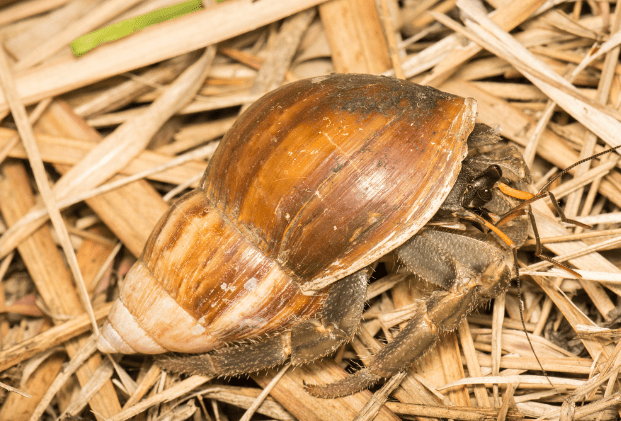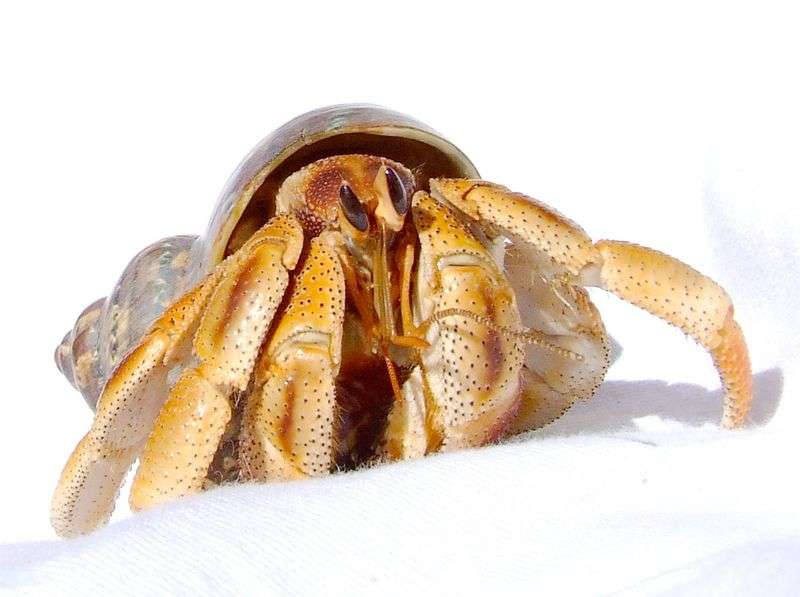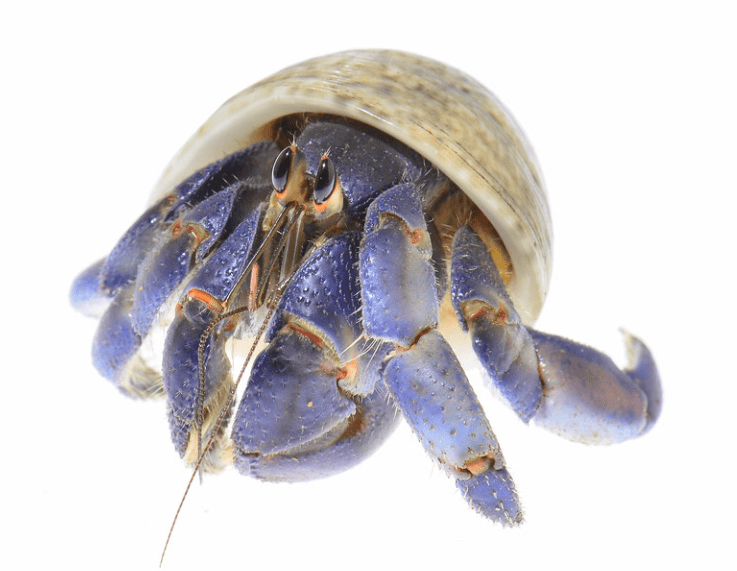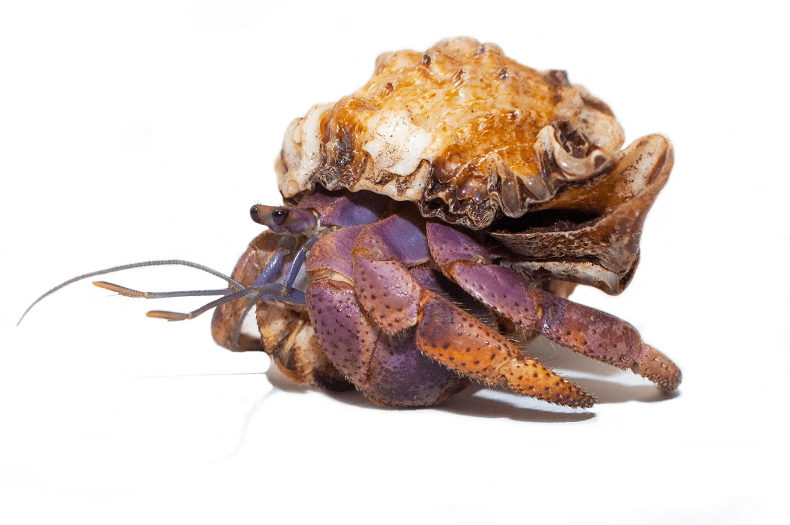
Description
The Coenobita cavipes prefer shells such as the Thinoclavis sinesis, Thais svigny, Volema paradiscia, Turbo cornoatus, and the Terebralia palustris, preferring larger shells. There are no “stitch marks” on their major claw, which are tiny diagonal lines that run down the top of the huge claw. Either brown or blue-grey describes their body colour. The eyes of pinchers are long and comma-shaped, and they frequently have a lighter coloration. The C. cavipes can typically be identified by its orange antenna. Their right claw is frequently smaller, which is advantageous for gathering food and supplies, and their left claw is frequently larger, which helps with climbing and moving. On the upper portion of the exterior of their left palm, there is a purple chelae but no laminar teeth.
Distribution
Land hermit crabs of the species Coenobita cavipes, often known as the Passionfruit Hermit, are indigenous to the eastern regions of Africa, Indonesia, the Philippines, China, Japan, Malaysia, Taiwan, Polynesia, and Micronesia. Despite being terrestrial, these hermit crabs prefer to live close to the ocean’s edge so they may access both land and water.

Keeping as Pet
Like other land hermit crabs, C. cavipes reproduces and spends its early stages in water. Despite the fact that C. cavipes is a terrestrial hermit crab, it needs regular access to highly salinized water in order to refill the water in its shells. C. cavipes feeds in a variety of methods, including scavenging, predation, deposit feeding, and suspension feeding.
The ideal humidity range is 75-80%, and it should never fall below 60%.
Table





